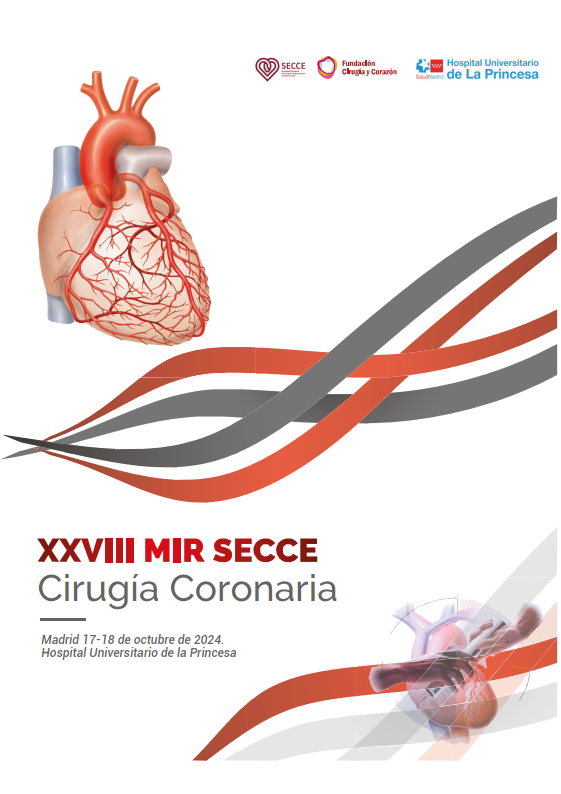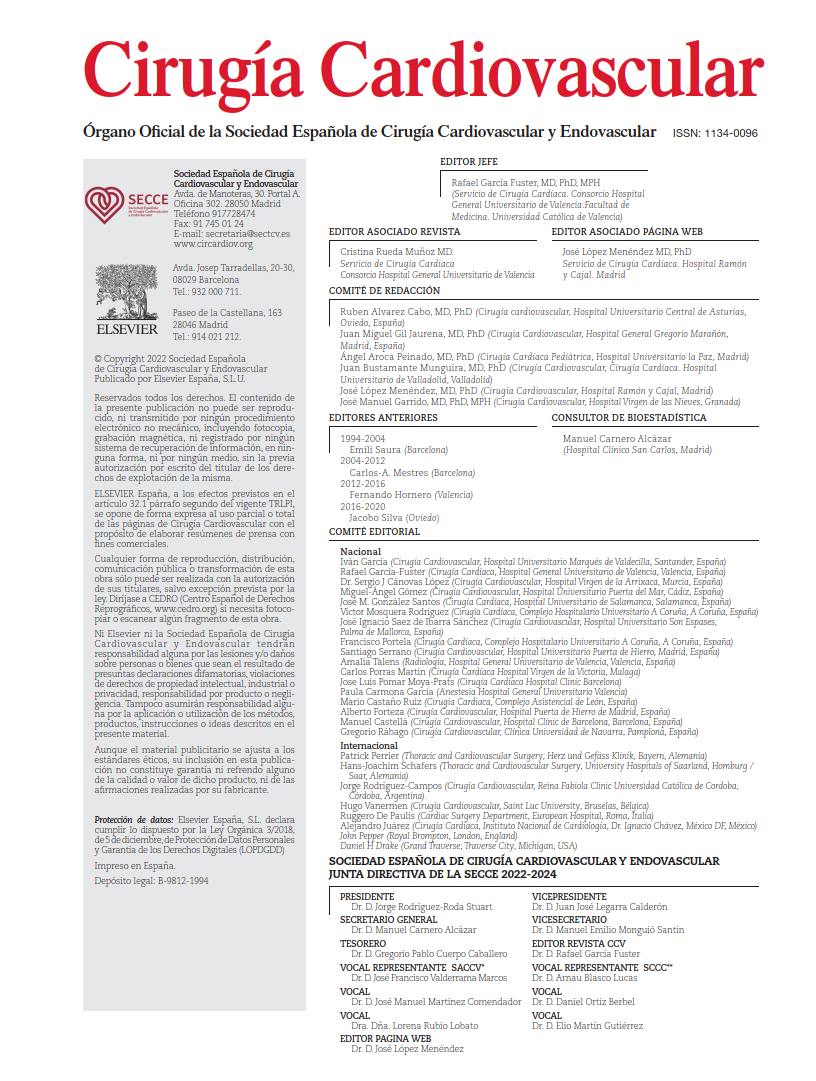Aortic annular enlargement (AAE) is a well-established adjunct technique during AVR, intended to facilitate the implantation of a larger prosthesis and mitigate left ventricular outflow tract obstruction. Despite prior investigations reporting inconsistent benefits, the procedure is currently performed in fewer than 5% of AVR cases.
As a result, patients with small native annuli may receive prostheses smaller than the ideal size, thereby increasing the risk of prosthesis-patient mismatch (PPM). This study aimed to assess whether AAE provides a clinical advantage by comparing outcomes between isolated AVR and AVR with AAE in patients with comparable native annulus dimensions.
A total of 112 matched pairs of patients undergoing isolated AVR or AVR with AAE between January 2011 and June 2022 were identified. All patients had similar preoperative characteristics and native aortic annulus sizes measured intraoperatively. Exclusion criteria included active infective endocarditis. Data collection encompassed surgical technique, cardiopulmonary bypass and cross-clamp times, operative mortality, postoperative complications, echocardiographic parameters, and midterm survival.
The median follow-up duration was 3.6 years. The mean patient age was 65 years, with 52.5% being male. The primary indication for surgery in both groups was aortic stenosis (90.1%). Both bioprosthetic and mechanical valves were used. Cardiopulmonary bypass and cross-clamp durations were significantly longer in the AVR+AAE group (143 vs 111 minutes and 115 vs 82 minutes, respectively). Intraoperative native annular diameter was 23 mm in both groups, but the median prosthesis size was 23 mm in the isolated AVR group and 25 mm in the AVR+AAE cohort—representing a one-size increase.
The most frequent postoperative complication was atrial fibrillation (29.5%). Rates of operative mortality and postoperative complications were similar between groups. At 1-year follow-up, mean transprosthetic gradient and valve area were 9 mm Hg and 1.9 cm², respectively, in the AVR+AAE group, and 11 mm Hg and 1.8 cm² in the isolated AVR group.
At 6-year follow-up, survival was significantly better in the AVR+AAE group (98% vs 74%). Eighteen late deaths occurred in the isolated AVR group compared to two in the AVR+AAE group. The cumulative 10-year reoperation rate for prosthetic valve degeneration was similar in both groups.
The authors concluded that in patients with small native annuli (<23 mm), AVR with annular enlargement is associated with improved midterm outcomes compared to isolated AVR.
COMMENTARY:
During AVR, the effective orifice area of the implanted prosthesis is inevitably smaller than the measured native annulus, which may increase early and late mortality risks in patients receiving prosthetic valves. This hemodynamic obstruction becomes clinically relevant when prostheses smaller than 25 mm are implanted.
Previous studies have compared patients with small aortic annuli requiring enlargement to those with inherently larger annuli, often failing to demonstrate a survival benefit from annular enlargement. This is the first investigation to compare AVR outcomes in patients with similar native annular sizes, with and without annular enlargement. However, the patient population described in this study differs significantly from that typically seen in our setting. The definition of a “small annulus” remains inconsistent, ranging from the inability to accommodate the smallest available prosthesis (19 mm)—a more conservative criterion—to intraoperative measurements of 21 mm or less. In no case should an annulus measuring 23 mm intraoperatively be classified as “small.” It is also worth noting that the prosthesis size increase achieved with AAE was only one size, whereas a two-size upsizing is commonly pursued in truly small roots.
Hemodynamic and clinical outcomes are closely tied to biometric characteristics. The observed gradient difference between 23 mm and 25 mm prostheses in this study is surprisingly marked and has not been consistently replicated in prior literature, especially within this prosthetic size range. Nevertheless, this difference translated into a survival benefit favoring AAE, without an associated increase in perioperative complications.
One potential future direction based on this publication would be to investigate the implications of AAE in the setting of transcatheter valve-in-valve procedures, particularly in terms of valve durability and feasibility of reintervention.
In conclusion, this study reinforces the importance of avoiding prosthesis-patient mismatch by selecting appropriately sized valves and considering annular enlargement when necessary. Surgical planning should also anticipate potential future interventions, especially in young patients undergoing bioprosthetic AVR.
REFERENCE:
Makkinejad A, Monaghan K, Chen SA, Wu X, Ling C, Kim K, et al. Aortic annular enlargement vs isolated aortic valve replacement in patients with matched annulus. Ann Thorac Surg [Internet]. 2025;119(3):568–75.



